BioResearch
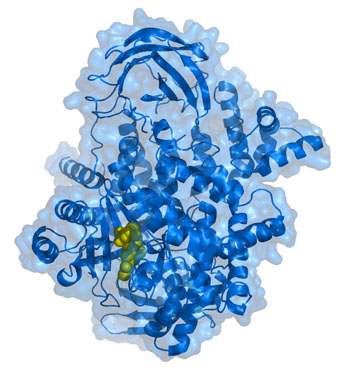
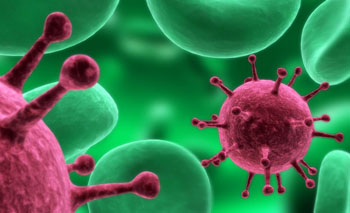
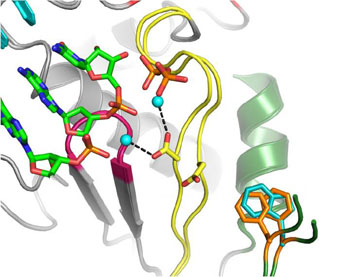
RNA Polymerase Mutation Stabilizes Live Virus Vaccines
A team of molecular virologists has developed a more effective method for attenuating the replicative capabilities of the coxsackievirus and is using this platform to develop a vaccine for it and other positive-sense single-stranded RNA viruses, a group that includes poliovirus, dengue, and Zika. More...28 Jul 2016
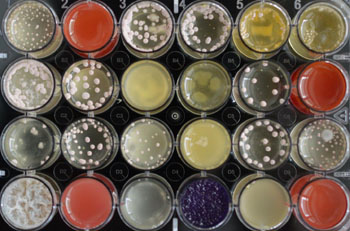

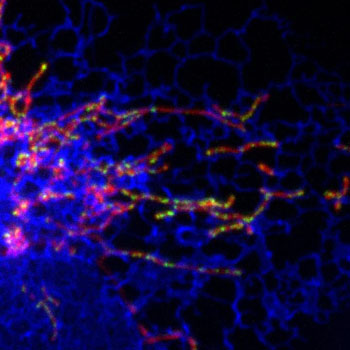
Mitochondrial Replication Mechanism Identified
The mechanism that controls division of mitochondria and replication of mitochondrial DNA (mtDNA) during the process of mitosis has been shown to be localized at sites where the mitochondria are in contact with the endoplasmic reticulum (ER). More...26 Jul 2016
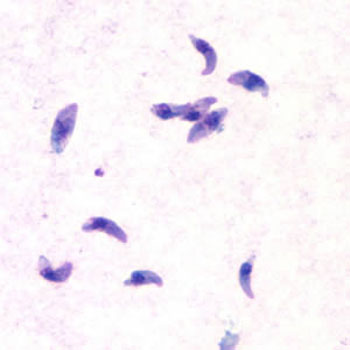
New Model Boosts Development of Drugs to Treat Toxoplasmosis
A novel model system to facilitate development of drugs to treat toxoplasmosis and other parasitic infections is based on a strain of Toxoplasma gondii that produces cysts in vitro that mimic those found in living animals. More...26 Jul 2016
In Other News
Loss-of-Function Mutation Causes ALS in Mouse Model
Biglycan in the Tumor Microenvironment May Act As Metastasis Trigger
Collaborative Agreement to Aid in Setting Guidelines for Evaluating Potential Ebola Therapy
Sartorius Acquires US Start-up ViroCyt
Stem Cells Not Progenitors Can Trigger Skin Cancer Growth
Age-Related Lack of Attachment Proteins Diminishes Regenerative Ability of Muscle Tissue
Alpha-1-Antitrypsin Gene Replacement Therapy Cures Emphysema in Mouse Model
Novel 3D Growth Chamber Designed for Investigating Effects of Electric Fields on Cancer
Exosome-Derived Biomarker Predicts Likelihood of Developing Alzheimer's Disease
Success of Anti-Leukemia Compound Expected to Boost Drug Development Efforts
Alzheimer's Disease Mouse Model Links Beta-Amyloid Deposits to Tau Protein Hyperphosphorylation
Blocking Formation of Scar Tissue Increases Susceptibility of Pancreatic Cancer to Immunotherapy
Micromolded Gelatin Scaffolds for Extended In Vitro Culture of Muscle Tissue
Combining Genomics and Proteomics Yields Insights into Growth of Ovarian Cancer
Stem Cell-Based Model System to Boost Research on Nonalcoholic Fatty Liver Disease
Biotech Investment to Boost Chinese Pharmaceutical Manufacturing Capability
Agreement to Boost Development of Novel RNA-Based Personalized Cancer Vaccines
Effective Cleanup with Smart Material That Forms Oil-Trapping Net

In Vitro Three-Dimensional Culture System Enhances Prostate Cancer Cell Growth
Loss of Mitochondrial Fusion Enzyme Linked to Age-Related Loss of Muscle Mass
HIV Relies on Host Proteins to Clear the Way to the Nucleus
Genome Screen Identifies Host Proteins Required for Flavivirus Infection
Crystal Structure Determined for Binding Site of Zika/Dengue Neutralizing Antibodies
BioResearch brings the latest research news on the genome, proteome, metabolome, on drug discovery, and therapeutics. Biotech researchers, lab administrators, technologists, drug manufacturers, and suppliers can find the latest research news and information related to their fields of endeavor here.










